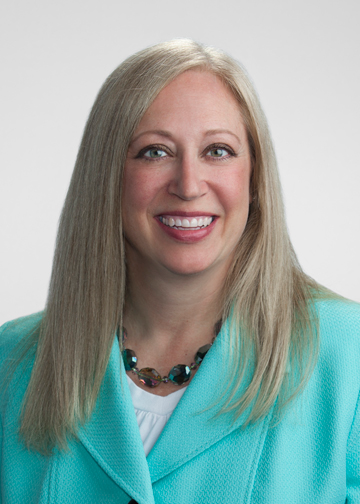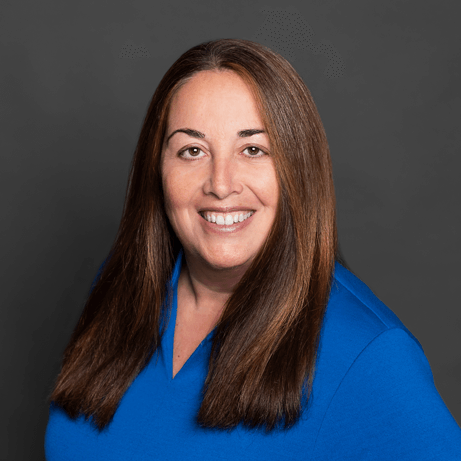ElevateNext 2020 Vision Series: Catherine MacDonagh Interview
December 13, 2019
The ElevateNext 2020 Vision Blog roars fast and furiously towards 2020, this time featuring the amazing Catherine MacDonagh, founder and CEO of the Legal Lean Sigma Institute. Like our other visionaries, Catherine brings so much insight (pun intended) to our four questions. Let us know if you agree!
~ Nicole Auerbach & Patrick Lamb
Founders, ElevateNext
Interview with Catherine MacDonagh

Catherine MacDonagh
CEO and Founder, Legal Lean Sigma Institute LLC
Q: What do you predict will be the two biggest changes in the legal profession as of 2025 and why?
First, in 2025, anyone can be a law firm owner. Why? Because we all recognize that lawyers are not necessarily the most qualified people to run a business. It amazes me that the profession has done so well when we consider that, while most leaders are very smart, most non-business people (see what I did there) are neither very experienced nor well trained in the business and management aspects of the law. I’m closely following the work of the California State Bar’s Task Force on Access Through Innovation of Legal Services. This should bring long overdue modifications to the restrictions on the unauthorized practice of law and ethics rules that ban fee sharing with so-called “nonlawyers.” It will also pave the way for the profession to allow entities that provide legal or law-related services to be owned and run by a much more qualified, cross-functional team. The bar associations are lagging behind reality instead of staying a step ahead and leading. In our profession, teams are now comprised of legal, operations, procurement and pricing, project management, process improvement, marketing, business development, IT, HR and other business professionals. Moreover, they are increasingly part of the selling, delivery, and management of services to clients.
Next, as more people learn business thinking and applications, such as Legal Lean Sigma® process improvement, project management, and design thinking, we will see continuous improvement as way of working and a standing, stated objective in more strategic plans and activities. These will also be used as frameworks for true collaboration. That is increasingly common in law departments and now law firms are focusing on doing the more challenging work to develop competitive advantages. With every collaboration, example, and success story that gets shared, the case for PI/PM (and why we need to employ them together) grows stronger. We realize that the “stick” and “adapt or die,” approaches must be well balanced with incentives and “adapt and thrive” messaging that inspire change. We have an abundance of examples that don’t just tell, but show, the many paths to success in the profession.
Q: What should be the biggest change as of 2025 but won’t be?
There are so many changes that should take place but won’t, at least not by 2025. One is that value–as defined by clients–should be the key driver of satisfaction and compensation. Performance should also be driven by and rated on efficiency (which considers the full effort and costs to do and deliver work), we should use client value and efficiency metrics. But we’ll keep using grossly flawed time keeping data and reported hours worked/billed. Why don’t this be changed by 2025? Look what we measure! People only engage in behaviors that demonstrate their commitment to the values they espouse when the performance metrics, review, and compensation systems incentivize them. They should also be aligned with clients. Plus, firm rankings based on unreliable, defective, self-reported metrics such as PPP only contribute to and encourage this nonsense.
A close second is that the term “nonlawyer” should have been eradicated from our lexicon ay 2025. However, I predict that offensive term will linger for some time. And a close third is that we’ll have learned to work on processes first, then look at technology!
Q: If you could design something that does not exist right now that you think would be of help to you or the industry in 2025, what would it be?
I’m thinking about redefining, deconstructing, and redesigning “client teams.” Most often, the term is used to describe a group of lawyers that a law firm assembles. I’m interested in harnessing the power of diversity to improve our processes, develop high-functioning and high performing cross-organizational teams, and fuel innovation. We have already successfully designed and implemented the Legal WorkOut®, our award-winning framework for a collaborative approach to process improvement; the next level/future iteration vision is to build on this. We’ll continue combining PI/PM/DT thinking, methodologies, and tools to the teams that deliver legal work.
Here’s the vision: cross-organizational teams of specific individuals with particular talents, skills, and experience are selected, assembled, and trained to perform client work. This is more than just a panel or collaboration pool of vetted resources. Think of it as the equivalent of getting all-star players from different teams to work together to handle particular kinds of matters, such as global IP portfolios or complex litigation, with a deep understanding of every step in a carefully mapped process. Client teams will be comprised of the best and lowest cost resources capable of doing each task. They will do and deliver work in ways that satisfy the client’s quality, speed, and cost requirements in every matter. Everyone will monitor as the matter progresses and will ask what’s going well and what can be improved during each phase. Key learnings will be captured and utilized for continuous improvement for the team and every organization, which will accelerate learning and support change management.
In this model, a diverse team of clients, legal and business professionals in legal departments, law firms, law offices, and so called “alternative” service provider team members will work in true collaboration. This will produce efficiencies, excellent quality of work and service, high probability of successful outcomes, and greater predictability. Thus, everyone derives greater value, without any tradeoffs. I believe this approach will facilitate each individual’s ability to come significantly closer to delivering on every firm’s brand promise and legal departments’ goals of responsiveness and being “client focused” or “client centered.” Also, the people working on these teams will experience less frustration and enjoy greater personal happiness and professional opportunities and satisfaction.
Q: If the current you could give advice to the future you about anything (doesn’t have to be law-related), what would it be?
It’s a little trite but true: what you’re doing now is what you used to dream about. Remember those times you wondered whether anyone would be interested in any of your first-to-market ideas? Keep creating new things, even when there are only a few others that “get it.” See how far you’ve come while seeing how much still needs to be done. Keep forging ahead. You’re making a difference. Look at where your children and all your students are and marvel at what they are doing and all the changes they’ve made because you taught them. They are your legacies. Be as proud of yourself as you are of them. Keep exploring that blue, blue sky.
Back to Expertise



